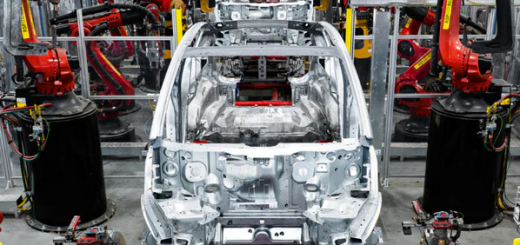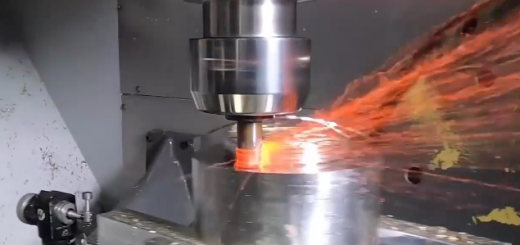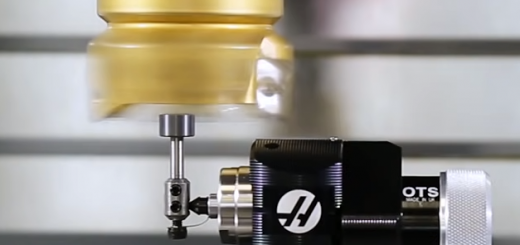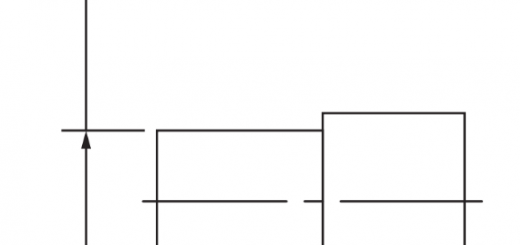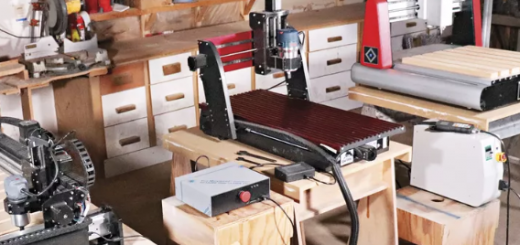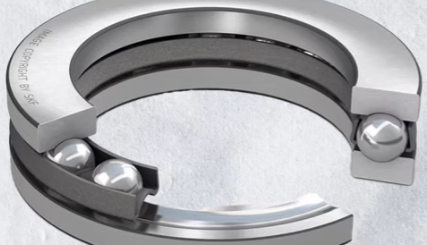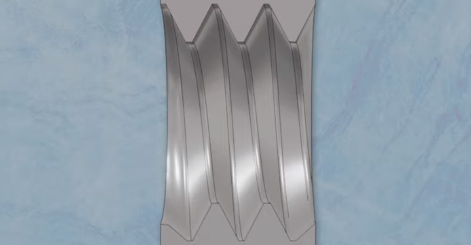How Are Tungsten Steel Milling Cutters Made (Technique, Process & Steps)
Tungsten steel cutting tools are widely used in various industries, including aerospace, automotive, and construction, due to their exceptional strength, durability, and heat resistance. The production process of these cutting tools involves a series of complex steps. In this article, we will delve into the details of the production process of tungsten steel cutting tools and tungsten steel material, highlighting the key steps involved and material advantages.
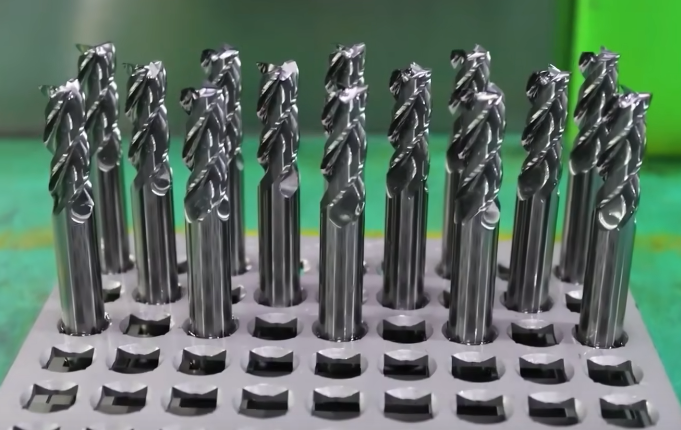
What is Tungsten Steel?
Tungsten steel, also known as cemented carbide or hard alloy, refers to steel with tungsten as its alloying element and is a composite material composed of hard carbide particles, such as tungsten carbide and cobalt carbide, bonded together by a cementing agent like cobalt, nickel, or iron. The main component of tungsten steel is tungsten carbide (WC), with grain sizes typically ranging from 0.2 to 10 microns. The grains are bonded together primarily through the binding effect of the binder material.
Tungsten steel possesses high hardness, high strength, corrosion resistance, heat resistance, and excellent wear resistance. These characteristics make tungsten steel widely used in various industrial fields, including hardware, machinery, chemicals, defense, and more. It is commonly used to produce high-precision, high-wear-resistant key components such as tools, molds, drill bits, milling cutters, broaches, and more. In addition, tungsten steel is also used in aerospace, electronics, and other industries due to its desirable properties.
The density of tungsten steel generally ranges from 11.0 to 15.0 g/cm3. Due to its high melting point and resistance to chemical corrosion, tungsten steel is also used as filaments in light bulbs and electron tubes, cathode materials in X-ray tubes, and heat conduction materials in high-temperature furnaces.
Why Tungsten Steel is Used for Milling Cutting Tools?
– High hardness: Tungsten carbide particles in tungsten steel have an extremely high hardness (about 9-9.5 Mohs hardness) and can effectively resist wear during cutting to maintain a sharp cutting edge.
– High thermal hardness: Tungsten steel not only has high hardness at room temperature but also has a smaller decrease in hardness at high temperatures, making it suitable for high-speed cutting conditions.
– Good impact resistance: The cobalt binder phase gives the alloy good toughness and impact resistance to withstand impact loads during cutting.
– Wear resistance: The high hardness and thermal hardness of tungsten steel give it excellent wear resistance to extend the service life of cutting tools.
– Good chemical stability: Tungsten steel has good chemical stability against commonly used cutting fluids and work materials and is not susceptible to corrosion or chemical reactions.
How Are Tungsten Steel Milling Cutters Made
Step 1: Powder Preparation
The production process of tungsten steel cutting tools begins with powder preparation. Tungsten ore is first processed into tungsten powder, which is then pressed into a designed mold using a machine. The powder is compressed using a 1000-ton press, which applies a pressure of around 1000 tons to the powder. This process is typically done using the equal-channel angular pressing (ECAP) method, which reduces the friction between the powder and the mold wall, resulting in a uniform density distribution and improved product performance. The resulting pressed tungsten steel is a cylindrical block, but it is still a fragile powder compact that requires sintering to achieve the desired properties.
Step 2: Sintering
The pressed tungsten steel block is then loaded into a sintering furnace, where it is heated to a temperature below the melting point of the main components. This causes the powder particles to aggregate and form a crystalline structure, increasing the density of the tungsten steel and resulting in the required physical and mechanical properties. The sintering process is a critical step in the production of tungsten steel cutting tools, as it determines the final properties of the tool. The furnace is carefully controlled to ensure that the temperature and atmosphere are optimal for the sintering process, and the resulting tungsten steel block is dense and uniform.
Step 3: Surface Grinding and Polishing
After sintering, the tungsten steel block is ground and polished using a diamond wheel. The grinding process involves rotating the diamond wheel at high speed and applying a controlled amount of pressure to the tungsten steel block. The diamond wheel is designed to precision-grind the tungsten steel, removing any imperfections and producing a high-quality surface finish. The grinding process generates a significant amount of heat, so cooling agents are continuously applied to prevent overheating and damage to the tool. The surface grinding and polishing process produces a high-quality finish on the tungsten steel block, which is essential for its performance and longevity.
Step 4: Cutting Edge Formation
Once the tungsten steel block has been ground and polished, it is inspected for any defects or irregularities. A diamond wheel is then used to grind out a slot on the surface of the block, creating the cutting edge and relief angle. The cutting edge is formed using a diamond wheel, which is designed to precision-grind the tungsten steel. The grinding process is carefully controlled to ensure that the cutting edge is precise and uniform, with a sharp cutting point and a precise relief angle. The cutting edge is a critical feature of the tungsten steel cutting tool, as it determines the tool’s performance and ability to cut through materials.
Step 5: Ultrasonic Cleaning
After the cutting edge has been formed, the cutting tool is loaded into an ultrasonic cleaning chamber. The chamber is filled with a cleaning solution, and ultrasonic waves are used to remove any cutting fluid and oil residue from the tool. The ultrasonic cleaning process is gentle and effective, removing any contaminants without damaging the tool. The cleaning solution is carefully selected to ensure that it does not react with the tungsten steel or the coating, and the ultrasonic waves are controlled to prevent any damage to the tool.
Step 6: Deburring and Edge Honing
After ultrasonic cleaning, the cutting tool is blasted with compressed air to remove any burrs or sharp edges. The deburring process helps to improve the surface finish and reduce the risk of tool breakage. The cutting edge is then honed to a precise angle using a diamond wheel. The honing process involves rotating the diamond wheel at high speed and applying a controlled amount of pressure to the cutting edge. The diamond wheel is designed to hone the cutting edge, removing any imperfections and producing a sharp, precise cutting point. The deburring and edge honing process is a critical step in the production of tungsten steel cutting tools, as it ensures that the tool is safe to use and performs optimally.

